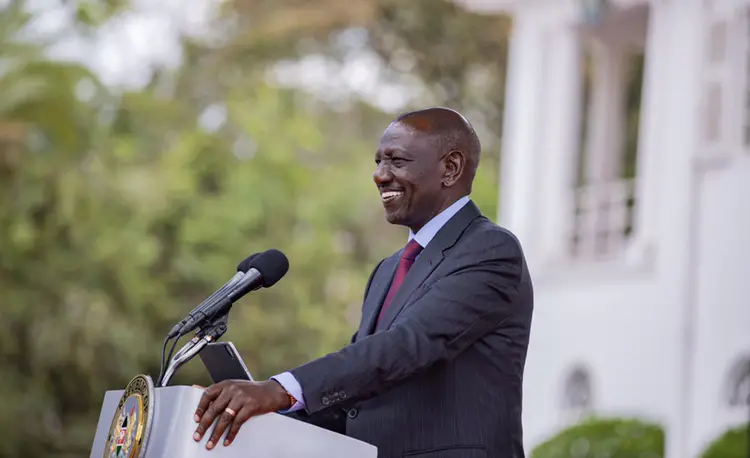How Kenyans Will Access health services in the Universal Health Coverage Program.
The government highlighted that Focus will be on preventive, promotive healthcare as opposed to curative.
The new Social Health Insurance Act establishes a Social Health Authority (replacing NHIF) overseeing three funds; (The Primary Healthcare Fund; The Social Health Insurance Fund; and The Emergency, Chronic and Critical Illness Fund.). It will be managed by one board and one secretariat.
𝟏. 𝐏𝐫𝐢𝐦𝐚𝐫𝐲 𝐇𝐞𝐚𝐥𝐭𝐡𝐜𝐚𝐫𝐞
– Funded by Primary Healthcare Fund – Fully funded by Government
a) First intervention is through Community Health promoters deployed today, each responsible for 100 households countrywide, & equipped with basic diagnostic kits to diagnose such diseases as hypertension, diabetes, check nutritional status & advice on nutrition, water & sanitation, advise on the need to visit a health center. etc. These services are fully funded by the government.
b) They can refer one to primary health facilities (levels 1,2, and 3) in public, private or faith-based facilities, &this will fully be funded by government. You walk in and walk out.
𝟐. 𝐒𝐞𝐜𝐨𝐧𝐝𝐚𝐫𝐲 𝐥𝐞𝐯𝐞𝐥
– Funded by The Social Health Insurance Fund –contributory scheme.
a) If you require services at a higher level of care (level 4, 5, or 6 facilities), your social health insurance becomes active. This is the contributory fund. Those unable to pay will receive government subsidies, determined through a means-testing process.
b) For the social healthcare fund, the government will implement a per-household payment system, where a flat rate applies to everyone, regardless of their income.
c) As President William Ruto said “Consider this for example, previously, an individual earning Ksh 10,000 had to part with Ksh 500 to NHIF, a hefty5% of their earnings.
On the other hand, those with salaries of Ksh 100,000 or more contributed Ksh 1,700, a mere 1.7% of their income.
Even someone with a monthly income of Ksh 1 million, say, the President, paid the same amount – Ksh 1700, which translates to a paltry 0.17% of their substantial earnings. This bizarre setup meant that low-income earners were effectively subsidizing high-income earners.”
𝟑. 𝐓𝐞𝐫𝐭𝐢𝐚𝐫𝐲 𝐋𝐞𝐯𝐞𝐥
Emergency, Chronic and Critical Illness Fund – Fully funded by Government
a) In cases where your social health insurance is exhausted or you require 24-hour emergency stabilization treatment or are dealing with a chronic illness, the government will provide services funded by the Emergency, Chronic & Critical Illness Fund.
Also read Pledges made by CS Kuria In his Public Service Transformation Rapid Results Initiative
